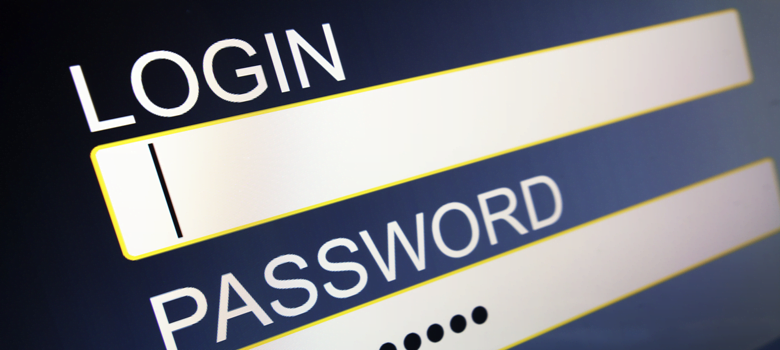There’s been a lot of chatter lately about moving on from passwords. But long passwords are still a good defense against some types of attacks. Brute force attack actors dedicate just a fraction of their efforts to cracking them, a Microsoft researcher found.
The researcher analyzed over 25 million brute force attack attempts that occurred across their employer’s sensor network. What they found means most of these passwords are safe from this particular type of attack. It won’t help if your password has been leaked online, though. It also doesn’t help if your password already exists as part of an attacker’s brute force attack dictionary. But it does count for something.
“77% of attempts used a password between one and seven characters. A password over 10 characters was only seen in 6% of cases,” the researcher explained, as quoted by The Record.
In his analysis of those attack attempts, the security researcher found that less than half (39%) of the brute force attack attempts involved at least one number. Just 7% of those attack instances contained a special character, while none of the brute-force attempts included white space.
Attackers Using This Method More Often
Bruce force attacks are becoming more common. In September 2021, MSSP Alert reported that the share of brute-force campaigns compared to all other attack operations increased from 13% to 32% between September 2020 and September 2021. About a quarter (26%) of organizations were on the receiving end of brute force attacks during that period.
In September, Threatpost reported on a campaign in which threat actors compromised as many as 100,000 inboxes on a daily basis. The operation consisted of malicious actors targeting gift cards and customer-loyalty program data. Once they grabbed it, they monetized it on the darknet or redeemed it for goods and services.
How to Defend Against Brute Force Attacks
One effective deterrent is to implement a policy that requires users to leverage passwords consisting of at least 10 characters. There’s an important caveat here, however, in that longer passwords don’t automatically increase organizations’ overall level of digital security.
At best, there’s the potential for longer passwords to translate into more password reset requests and, by extension, more wasted time for help desk teams. At worst, these types of policies could motivate users to reuse variants of the same password across multiple web accounts, a practice that increases their exposure to credential stuffing.
Organizations therefore might want to consider combining this type of policy with other security controls such as multi-factor authentication, single-sign-on and password managers. Or, ditch passwords altogether and embrace passwordless authentication.

